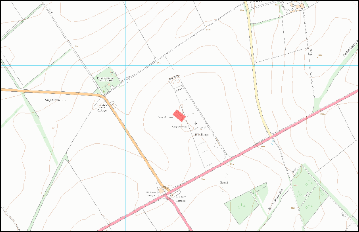
We research, care for and share the archives of the parish of Barton Stacey, Hampshire.


Two Neolithic long barrows,
400m south-east of Moody's Down Farm,
known as Moody’s Down SE & SW
Extract from https://historicengland.org.uk/listing/the-list/list-entry/1012515
One of these was destroyed in the construction of an army firing range. The remaining monument is scheduled under the Ancient Monuments and Archaeological Areas Act 1979. National Grid Reference: SU 43359 38675.
The 180 long barrows of Hampshire, Wiltshire and Dorset form the densest and one of the most important concentrations of monuments of this type in the country. This example is important as it is one of a rare cluster of similar barrows and, with no evidence of formal excavation, it has considerable archaeological potential.
Long barrows were constructed as earthen or drystone mounds with flanking ditches and acted as funerary monuments during the Early and Middle Neolithic periods (3400-2400 BC). They represent the burial places of Britain's early farming communities and, as such, are amongst the oldest field monuments surviving visibly in the present landscape. Where investigated, long barrows appear to have been used for communal burial.

Details of all historic sites in Hampshire are available in the Hampshire Environment Records (HER) posted on Hantsweb.
https://maps.hants.gov.uk/historicenvironment/
The section on How to Use the maps is clear and explains how to link, for each site, to a brief description of what archaeology was found and the opportunity to read a more detailed account.
There are a number of long and bowl barrows in Barton Stacey, two of which are described below.